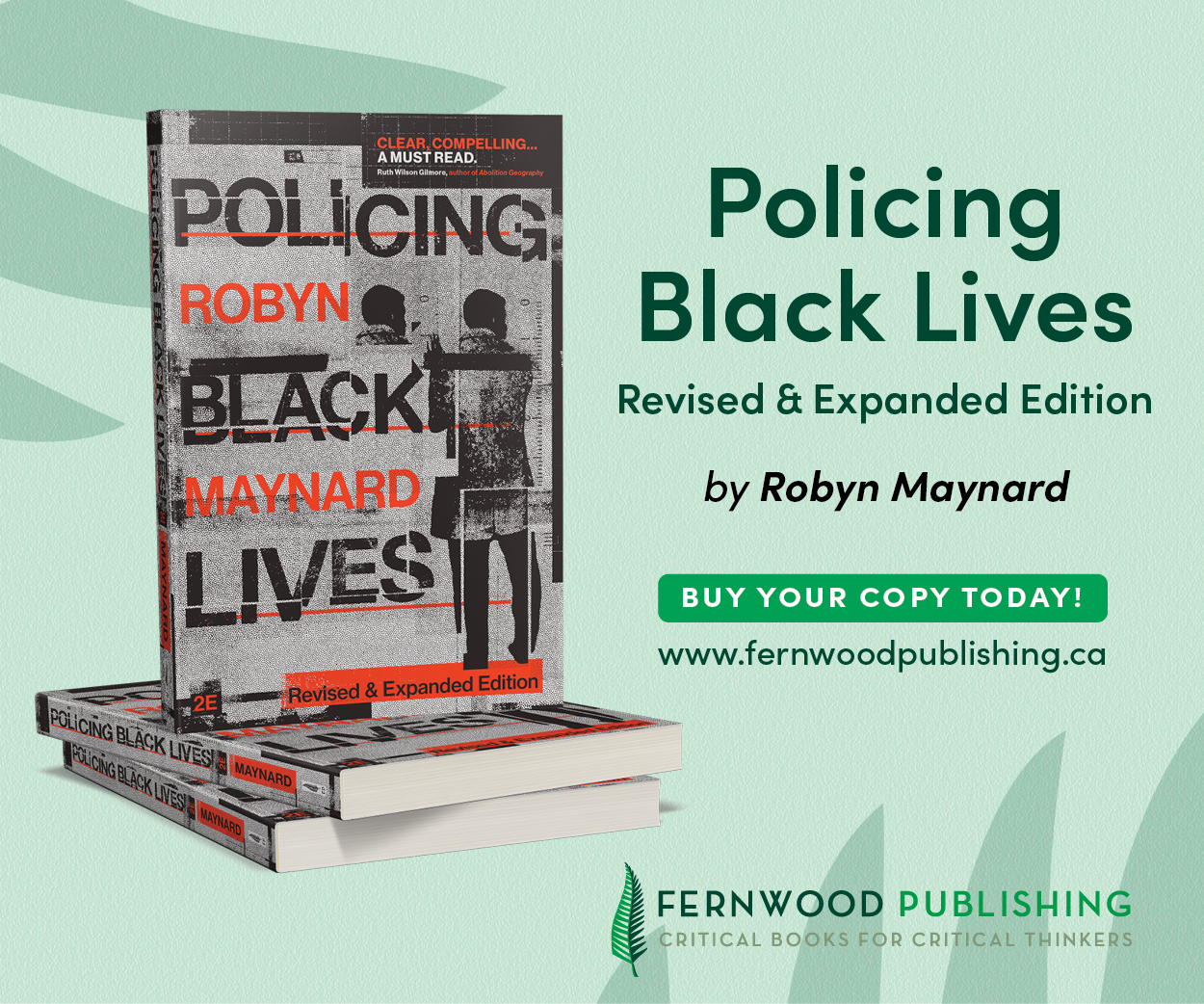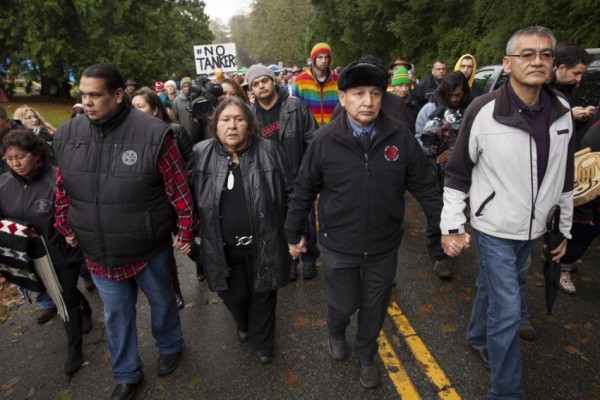Murder Bay: Investigations into the deaths of Indigenous youth
Investigative journalist and Toronto Star columnist Tanya Talaga couldn’t ignore the similarities in the recent suspicious deaths of seven Indigenous teenagers in Thunder Bay. Talaga wanted answers; moreover, she wanted the cases to gain exposure. Thunder Bay, Ontario, a city located at the top of Lake Superior with a sprawling 120,000 people, has sparked mainstream media attention over the past few years in the deaths of the teens. The corruption and bizarre behaviours of the city’s top officials and lawmakers have also hit the headlines. But is there a connection between the tragic deaths and the scandalous activities of the city’s leaders?
Talaga, in her book Seven Fallen Feathers: Racism, Death, and Hard Truths in a Northern City, and Anishnaabe comedian Ryan McMahon, in a five-part podcast series, Thunder Bay, produced by Canadaland, aim to reveal the scandalous and shameful nature of the city and to expose the consequences of that nature, primarily through a study of the auspicious deaths of several Indigenous teenagers. Regardless of the extraordinary similarities in the deaths of these teens, local police investigators have regarded the incidents as accidental and not suspicious.
The initial basic points to consider are the similarities found in the cases discussed in Talaga’s book. The seven teenagers, Jordan Wabasse, 15, Jethro Anderson, 15, Curran Strang, 18, Paul Panacheese, 17, Robyn Harper, 18, Reggie Bushie, 15, and Kyle Morriseau, 18, were all previously from remote reserves in northwestern Ontario. They left their homes and communities to pursue a high school education in Thunder Bay. In the remote communities of northwestern Ontario, only substandard education is available, and there are almost no options to continue schooling past Grade 9. For this reason, many Indigenous students move to Thunder Bay in attempts to complete their studies, and yet the challenge of entering a large city as an Indigenous youth from a remote reserve community often means that their studies are not completed. Finding a place and fitting into the settler community of Thunder Bay means an uphill battle, one which many students are not prepared for or interested in fighting. Many don’t complete their studies and move back home, or worse: they don’t complete their studies and they don’t move back home.
Despite the similarities in the deaths, law enforcement continues to sidestep pointed questions and has communicated very little with the families regarding developments in the cases. The Kaministiquia River runs through the city and is the site where the bodies of five boys out of the seven dead teens were found. The deaths were officially categorized by the coroners as “accidental” even though all the kids had excellent swimming skills and experience being in and around open water, especially given that they grew up surrounded by it. Death by drowning is not common in the communities where these teenagers came from, so how did it become a regular occurrence in Thunder Bay? This question was never explored let alone answered by the local police or coroners during the subsequent investigations and inquests.
An unmistakeable and notable detail of all seven deaths discussed by Talaga is that the children were deeply loved and cared for by their families and communities. Upon each missing person’s report, a significant number of people from Thunder Bay and the youth’s home community and surrounding areas came to the city in search of the body and some answers. With refined tracking skills from the northwestern Ontario bush, the search teams coordinated by the families were able to uncover more information in the disappearances and the deaths of the teenagers. Talaga highlights the resiliency of the Indigenous families and communities impacted by the deaths while simultaneously exposing the deep love and sorrow they felt for the teenagers. Through compassion for the families and for the lives of the lost, in combination with her journalistic instincts in exposing details of corruption and negligence, she brings to light the meaningful story of the tragedies and gives the victims a humanity that failed to be captured by the mainstream media.
McMahon seems to pick up where Talaga left off. Though he doesn’t explicitly state this, I felt that his five-part podcast was inspired by the meticulous and heartfelt work of Talaga. He acknowledges her in “Chapter 3: Deathly Low Priority,” but the anger in his tone regarding the deceit and scandal leading to the negligence of the authorities’ investigations is a departure from her compassion and sorrow, and rightly so. Because McMahon starts to answer why this has happened – racism, both overt and systemic – he ignites the rage within. We learn from McMahon that Thunder Bay’s mayor Hobbs has told the Ontario Human Rights Commission to kiss his ass in response to their concerns that the local government is not doing enough to help Indigenous peoples. We also learn that evidence continues to build against Thunder Bay’s criminal defense lawyer and former Ontario Crown Prosecutor, Agnew Johnston, who is wrapped up in sex scandals with underage girls – specifically Indigenous underage girls. These men show that critical scruples are entirely absent in the power structures of the city. By exploring the sex scandals of Johnston and the absurd behaviours of the mayor, McMahon opens up the shady nature of the city’s authorities. His true-crime style mixed with passionate anger captivates the listener. Like Talaga, McMahon highlights the fierce resistance of Indigenous communities, such as the Bear Clan, who have stopped waiting for law enforcement to find the truth about what had happened to these teens and have begun their own investigations of the deaths (nine at the time of McMahon’s podcast, averaging one to two deaths per year).
LeftI appreciated reading the book and listening to the podcast back-to-back. They seem to work together, weaving a narrative throughout – from different angles but with a similar lens – exposing racism, continual effects of colonization, and the fallacy of the settler justice system. Talaga’s book has won numerous awards including the 2018 RBC Taylor Prize, and in 2018 she become the first Anishnaabe woman to deliver the prestigious Massey Lectures. It is not difficult to understand why there’s been such a sudden success for Talaga – her work is thoughtful, well-researched, and emotional.
Ryan McMahon has also accomplished much. From his comedic series, Red Man Laughing, to CBC’s Unreserved, and his current independent Indigenous media project, Indian & Cowboy, McMahon produces hilarious and punchy narratives about the absurdity and injustices of settler-colonial relationships in Canada today. The two artists, working together on the case of the murders in Thunder Bay, are a perfect team interweaving literature, broadcasting, history, politics and style.
The case of Thunder Bay in the book and the podcast series has been placed against a backdrop of a well-thought-out history of colonialism and its continuation in the settler society today. Both the book and the podcast have elucidated the unsolved deaths of far too many Indigenous teenagers living in unnervingly similar circumstances, most important of which finds them all dead in the city of Thunder Bay, rampant with its scandal, corruption and racism. Oscillating back and forth from tones of compassion, sorrow, and rage, Talaga and McMahon shine an abrasive light on Thunder Bay, making it difficult for either mainstream media or accused lawmakers to be let off the hook. They leave little doubt as to the origins of the city’s despised nickname “Murder Bay.”
Kimberly Wilson is a coordinating editor of Canadian Dimension. Kim works as an adult educator facilitating an Academic Upgrading class with Alexandra Park Neighbourhood Learning Centre in Toronto’s West End. She holds a Master of Arts degree in Canadian Studies and Indigenous Studies from Trent University.
This article appeared in the Summer 2019 issue of Canadian Dimension (CD Goes Digital).










